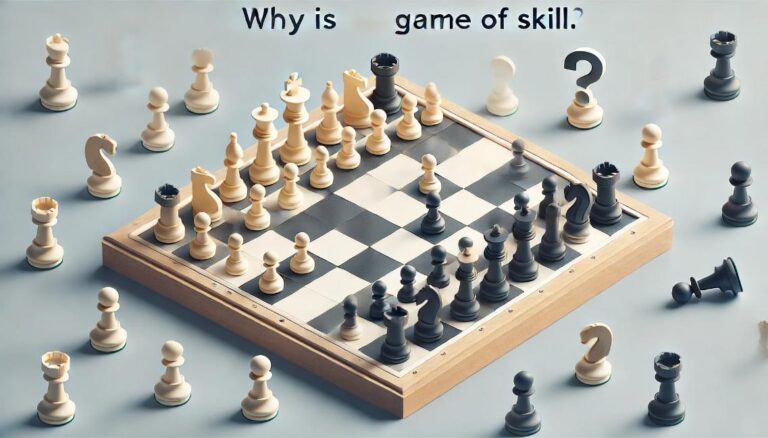Introduction
The rook is one of the most powerful and versatile pieces in the game of chess. Its ability to move horizontally and vertically allows it to control long open lines across the board, making it a crucial piece in any chess strategy. In this article, we will explore the role of the rook in chess strategy and how it can be used to achieve victory.
Positioning and Mobility
The rookâs strength lies in its ability to move across the board without any restrictions. Unlike other pieces, it can move any number of squares horizontally or vertically in a single turn, as long as there are no other pieces blocking its path. This makes it an ideal piece for controlling open lines and attacking from a distance.
In the opening phase of the game, it is crucial to develop the rooks and place them in open lines. This not only creates space for the other pieces but also allows the rooks to exert pressure on the opponentâs position. Placing the rook on the 7th or 2nd rank, also known as the 7th/2nd rank rule, is a popular strategy utilized by many chess players. This allows the rook to control two open lines simultaneously, as well as potentially attack the opponentâs pawn structure.
As the game progresses, the rookâs mobility becomes even more crucial. In the middle game, it can be useful to keep the rooks in the center of the board, controlling important squares and lines. It is also important to avoid blocking or trapping the rooks, as this can limit their potential for movement and hinder their effectiveness.
In the endgame, the rookâs mobility becomes paramount. It is often said that rooks are at their strongest when there are only a few pieces left on the board. This is because they have more freedom to maneuver and can easily switch between defense and offense. A well-placed rook in the endgame can be a decisive factor in determining the outcome of the game.
Attacking and Defending
The rooksâ horizontal and vertical movement make them a powerful attacking force on the chessboard. They are particularly effective when working together with other pieces, such as the queen, bishops, or knights, to create a coordinated attack. The rooksâ long-range capabilities also make them adept at attacking from a distance, especially when paired with the queen or a bishop on a long diagonal.
One of the most well-known chess strategies involving the rook is the rook lift. This involves moving the rook from one side of the board to the other, usually via the third or sixth rank, in preparation for an attack. This maneuver can be particularly effective when the opponentâs king is castled on the opposite side of the board.
However, the rook is not just an attacking piece. Its mobility and ability to control open lines also make it an excellent defensive piece. In the opening, the rooks can protect the king by guarding key squares and pieces. In the endgame, they can also be used to create defensive fortresses, often working together with the king to protect important squares and fend off threats from the opponent.
Endgame Mastery
As mentioned earlier, rooks are known for being extremely powerful in the endgame. When most pieces have been traded, the rooks become the backbone of any successful endgame strategy. In this phase of the game, the rooksâ mobility and ability to control open lines are highly advantageous.
A common endgame technique involving the rooks is the back rank mate. This occurs when a rook is able to give checkmate to the opponentâs king, usually via a back rank check, where the king is trapped behind its own pawns with no room to escape. This technique is especially effective when the opponentâs rooks have been exchanged or are blocked by their own pawns.
Another endgame technique involving the rooks is the two rook checkmate. This involves using both rooks to create a checkmate scenario where the opponentâs king is trapped between two rooks, the edge of the board, and possibly their own pawns. This technique requires precise coordination and maneuvering of the rooks, but it can be a powerful tool in the endgame.
Conclusion
The rook is an essential piece in the game of chess, with the ability to control open lines, attack, defend, and play a pivotal role in the endgame. Understanding the importance of the rook and incorporating it into your chess strategy can greatly improve your chances of victory. Whether you use it to create attacks, defend your position, or achieve checkmate in the endgame, the rook is a versatile and powerful ally on the chessboard.


